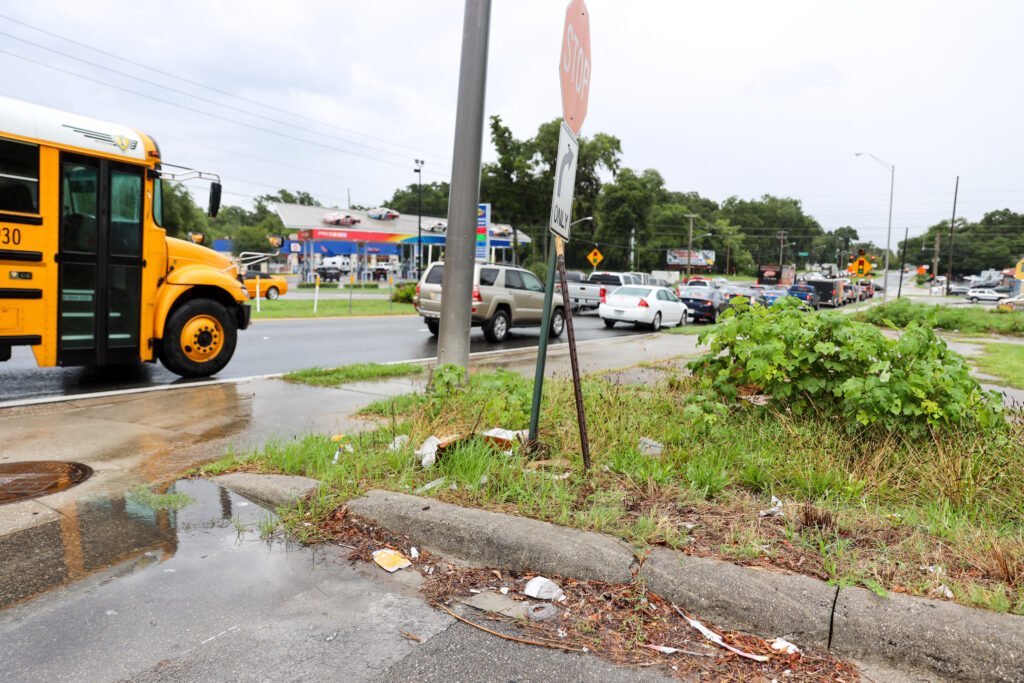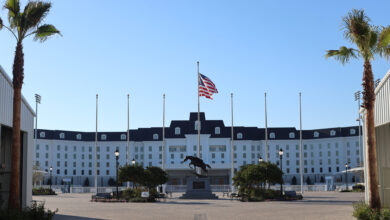
Some pretty impressive growth numbers were revealed at a recent Chamber and Economic Partnership get-together showing Ocala once again is one of the nation’s most popular places to which Americans migrate.
Across town, though, the Marion County Commission is not talking about the scores of people who move to our little slice of paradise every week or fretting about whether it can provide the roads and services needed to keep up with being the 10th-fastest growing community in the nation, at least not publicly. No, they are frustrated by a growing litter problem.
Sometimes bigger is better. Sometimes it’s not.
The growth numbers are head-turning. CEP CEO/President Kevin Sheilley said that, in addition to having a top 10 growth rate, about 150 new residents move to metro Ocala every week. The influx of people helped move metro Ocala up to 146th in size among the 400 largest metro areas in the country. And while metro Ocala is the 146th largest metro area in population, it ranked 48th in the number of new residents added last year.
“We’re 146th in size and 48th in the number of new residents,” Sheilley said, according to the Ocala Star-Banner. “That means a lot of communities much larger than us added fewer people. To give you a really shocking number, Miami-Dade metro added only 500 more people than Marion County did last year.”
The growth is expected to continue, as more and more companies look to establish distribution operations here. As Sheilley noted, it’s all about location, location, location, and Ocala sits within a day’s drive of 34 million people, halfway between Tampa and Jacksonville, halfway between Miami and Atlanta.
But with growth comes problems. And one that is vexing the County Commission – and, hopefully, all who love our community – is a persistent, indeed worsening litter problem.
Consider this: In the first four months of 2021, county litter crews, inmates and volunteers picked up 423,000 pounds of trash around Marion County. That’s 211 tons — and it has gotten worse every month this year. County Commissioners Michelle Stone and Kathy Bryant both summed up the situation in one word: disgusting. Exactly.
Commissioners are baffled why littering is such a big problem. And anyone who grew up seeing the Keep America Beautiful TV commercials, featuring a Native American looking at littered roadways with a tear rolling down his cheek, surely feels the same way.
Commissioners would love Sheriff Billy Woods and our local police chiefs to start ordering tickets written for littering to stir public awareness. It is, after all, illegal to litter. But that, unfortunately, is not likely going to happen on any scale. First of all, it’s hard to catch litterers. And, besides, the cops already have their hands full fighting bigger crimes.
Yet, something needs to happen. A Keep Marion Beautiful campaign is surely in our future, and civic clubs, student organizations and individuals looking for a cause should look into the county’s Adopt-A-Road program, where participants take responsibility for a small stretch of road in their neighborhood and help keep it clear of litter.
We are blessed to be one of America’s most beautiful and appealing places to live – and the numbers back it up. But if we continue to throw our trash out our windows, dump discarded tires and furniture in our woods and treat our spectacular landscape like a landfill, it will ultimately cost us. Litter is ugly, and who wants to live in an ugly place?
So, Keep Marion Beautiful. It costs nothing, but it could cost all of us a lot if we can’t stop the defacing of our landscape. Because it is disgusting.







